Wild Pembrokeshire with David Gardner: Starlings – 1
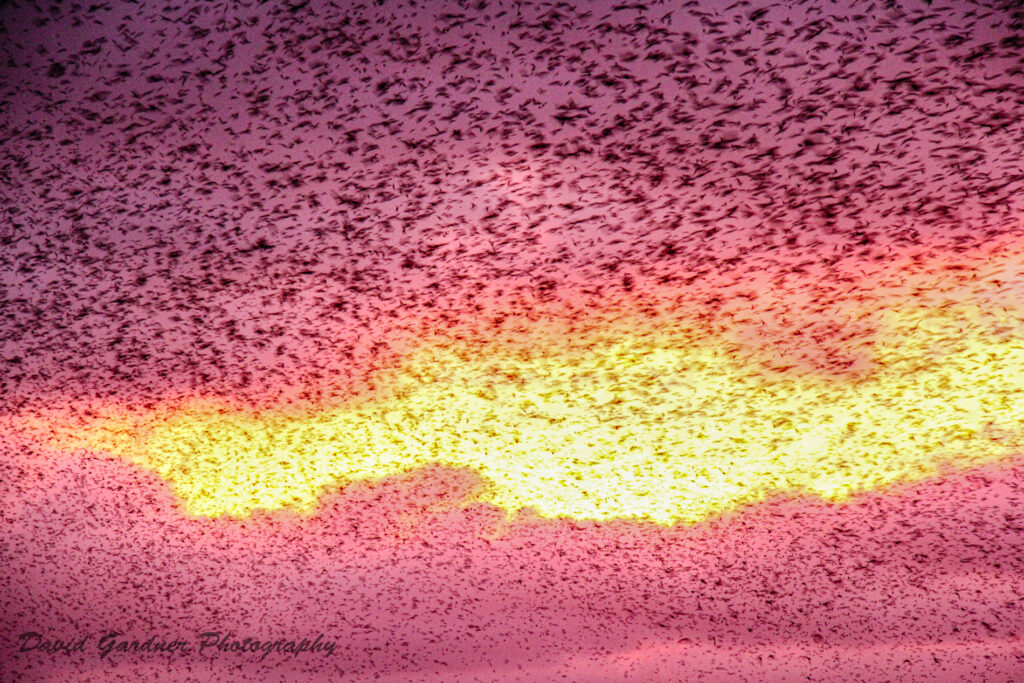
A few days ago, when I opened the porch door to step out into the grey of an autumn early morning mist, I was greeted by a clear and sustained wolf whistle! This is not something that happens often enough to me to become commonplace (indeed I sadly can’t remember it ever happening before) so I was stopped in my tracks.
As I stood and listened, I became suddenly aware that the air was throbbing, a rising and falling tsunami of sound comprising random squeaks, whistles, churrs, warbles and glissandos. These wonderful sounds were interspersed with staccato rattles like fat drops of monsoon rain on leaves or distant machine-gun fire. Through the mist I saw that the large ash tree in the garden was alive with moving shapes; what appeared to be dark Christmas candles clustered on every leafless branch, but these candles were hopping, fluttering and taking flight from the ash tree to the nearby large conifer and back again.
They were starlings – lots of them! The diverse range of calls and “songs” exhibited by starlings is astounding, and they are even known to be excellent mimics of other birds. As I listened I detected curlew, lapwing, house sparrow, crow and red kite coming from the feathered throats of this massed “choir”!
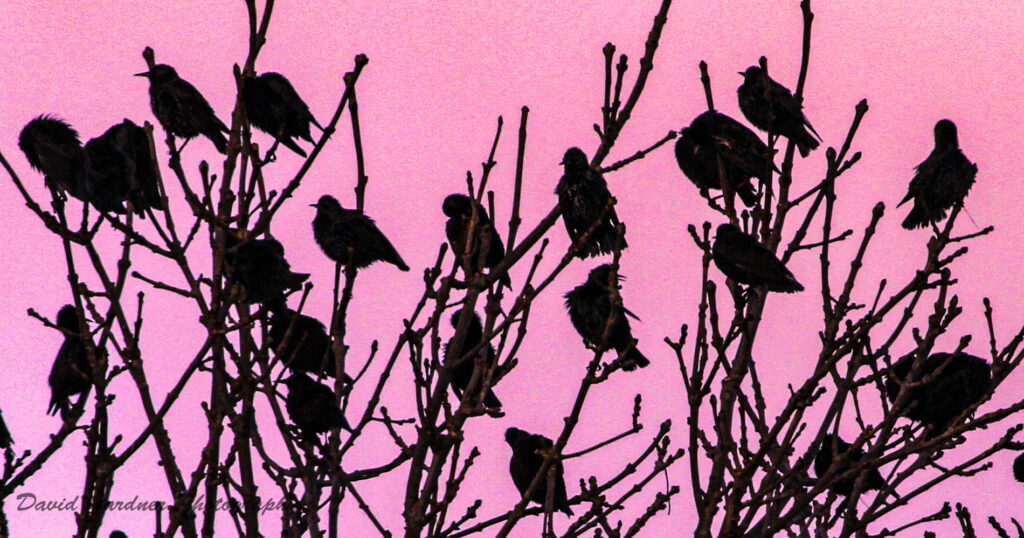
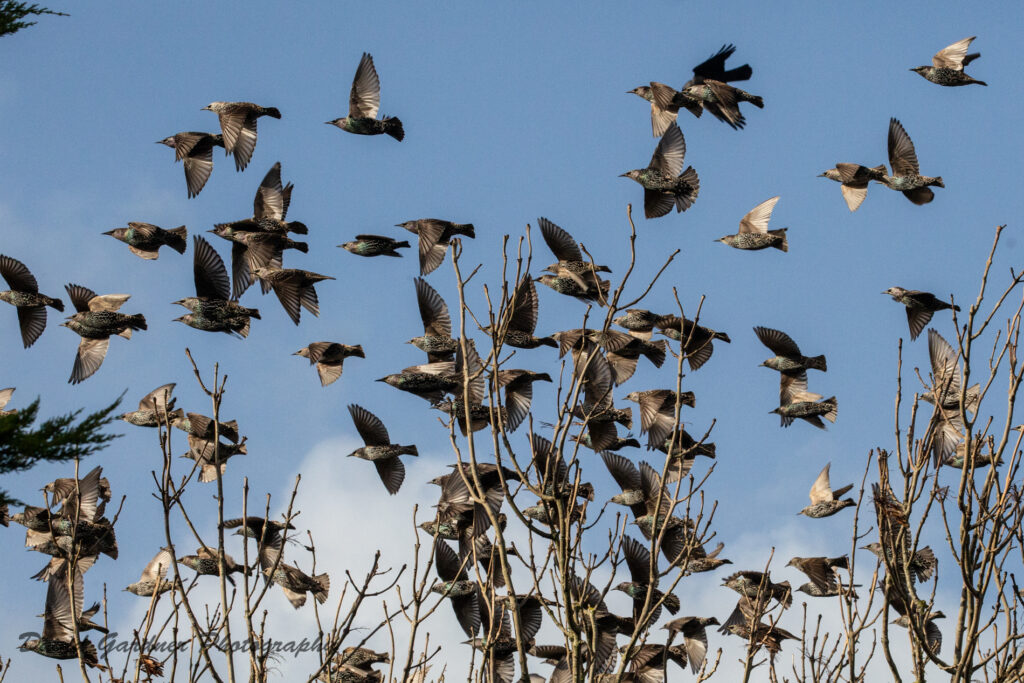
As I stepped forward I must have been spotted by the avian lookouts perched on the upper branches as, suddenly, the sky darkened and filled with a pulsing surge of hundreds of flapping wings and projectile bodies as the large flock took flight as one and headed like a swarm of locusts towards the nearby sea before settling on a clifftop field. There must have been well over 500 of them and when I later included the count in my weekly submission to the British Trust for Ornithology’s Garden Bird Watch online survey, it was immediately queried as being “implausible”! The spectacle was repeated several times over the next week or so, but numbers in the garden have now returned to a more modest 10 to 20 at a time, leaving me wondering what brought them here in such large numbers and where they are now.
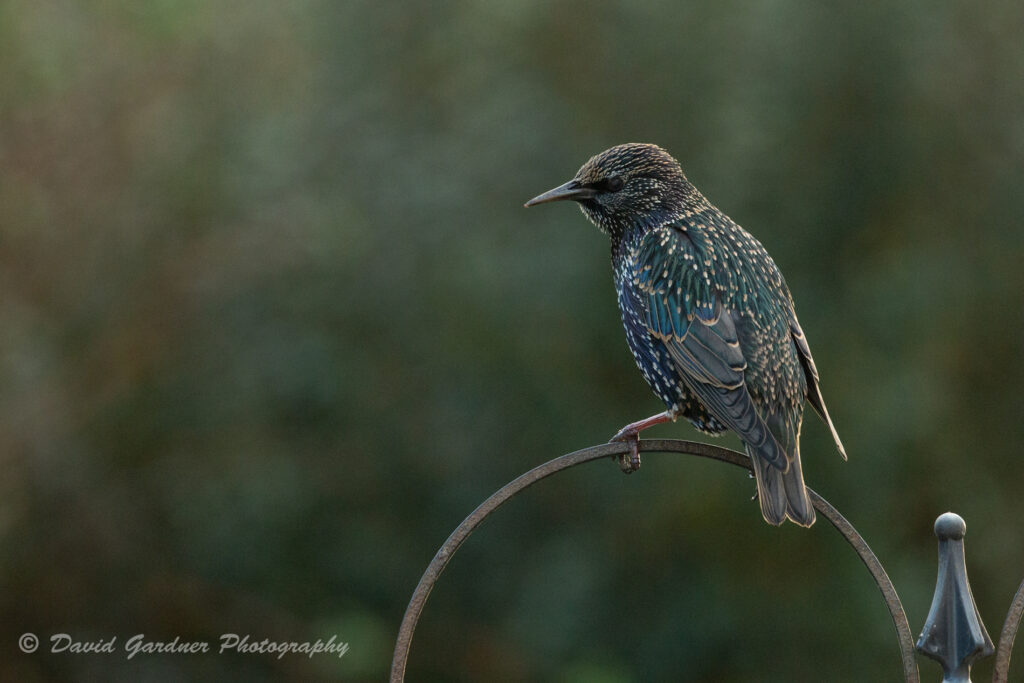
I love starlings! One of the joys of autumn that I always look forward to is when I first see their happy, chattering gangs come swooping over roadside hedgerows in front of the car or across the end of my garden as they move from field to field on their constant search for food. Looking like a massed flight of miniature delta-winged bombers, they appear so purposeful as they turn together, then split into smaller groups, sometimes to reform and travel on en masse to who knows where. What triggers some to part from the main mass to forage in my garden while others travel on in smaller and smaller groups to other destinations is unknown and one of the many mysteries surrounding these fascinating birds.
Out foraging during the day, they spend the night in huge communal roosts in forestry, thickets and reed beds, returning in groups, some small and some larger, from all points of the compass to gather together as the sun sinks and turns the sky flame red. Before they descend to the safety of cover for the night, the resulting huge flock, known as a murmuration, will often wheel and swirl, split and coalesce, creating ever changing patterns of light and dark that are bewitching and take the breath away.


I have vivid memories of standing with other starling watchers at the edge of a forestry plantation near Dudwell and Plumstone Mountains on a crisp and frosty evening as the sinking sun was casting long shadows and lighting the frosted grasses with fire. Looking across the lower lying ground towards Camrose in one direction and Roch in another, I could see shadowy masses sweeping across the landscape purposefully heading for where we stood.
As they came nearer, the masses could be seen to comprise individual birds, thousands of them, and as they passed overhead, the excited chattering and the frenetic rush of air through countless pinions was almost overwhelming. And surprisingly one could smell them as they went over – a damp, cloying, earthy smell with a hint of acid sharpness. Incidentally, it can be useful to remember to keep one’s mouth closed when looking up as they pass!
As the last flags of light were fading in the sky and the passing congregations thinned and stopped, we were aware of a rising cacophony deep in the cathedral-like darkness of the conifers. Setting off up a logging track, we were aware that the intensity of the noise was increasing – as was the smell. Following the deafening waterfall of sound tumbling from the treetops, we turned off along a rough path between the vertical black trunks, relying on the last faint rays of light filtering down through the silhouetted lattice of branches overhead to guide us over the rough ground.
And there they were! High in the branches were the excited birds, densely packed and crowding the branches to breaking point, a mass of fluttering, squabbling, churring and whistling life slowly settling down to sleep. The natural light dimmed to near nothing under the canopy as the noise gradually subsided to a background muttering of squeaks, scrabbles and flaps, and we half-expected/hoped that a gentle snoring would descend from the treetops as sleep came.
Sadly, it didn’t! Now with it being too dark to navigate a safe return to the track, we turned on a head torch. Not only did this sudden beam of light start a small and temporary commotion among the birds in the trees above us, but it also revealed that we had unknowingly been wading in a layer of droppings several inches deep and that our jackets were liberally spotted with white.
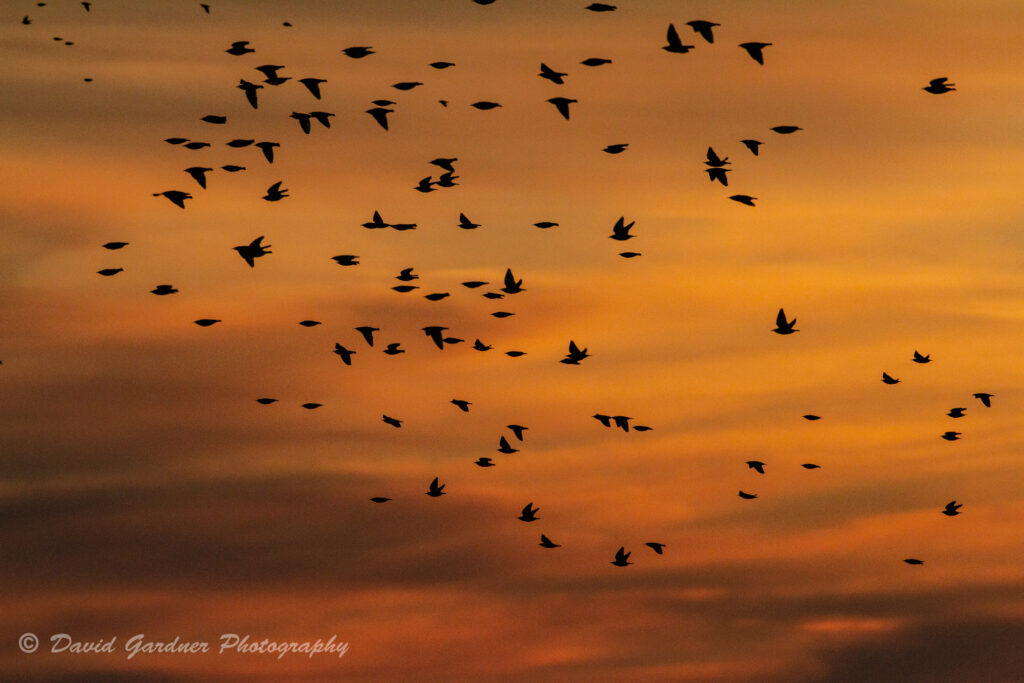
Skilled observers have variously estimated the number of starlings using this forestry roost each winter at up to two million birds. Curiously, while the Plumstone roost was guaranteed to provide this wildlife spectacle for a number of years, as was a smaller roost in a plantation near the Haverfordwest-to-Cardigan road as it crested the Preseli ridge, later visits to re-experience the thrill found that the skies and the trees were bare of birds, the flocks having moved on to new roost sites.
The reed beds at Slebech on the lower Eastern Cleddau below Blackpool Mill now seemed to be the new centre of dusk and dawn starling activity in the county. The reasons why starlings will move their habitual roost sites are unknown – changes in the environment, disturbance, a whim possibly – but the move is absolute. One year they are there in their thousands, the next year there are none.
In the light of the huge numbers of starlings travelling from field to field and filling Pembrokeshire’s skies during the autumn and winter months, it is hard to believe that this seasonally abundant bird is on the Red Data List of species under threat in the UK and Europe.
BTO figures suggest that numbers in the UK have plummeted by at least 66% since the 1980s and are still declining, and the reasons for this are still under investigation. What is known is that the majority of starlings, as with many individuals of other species that we see regularly in Pembrokeshire at this time of year, such as robins, redwings, fieldfares and blackcaps, have come from Europe to overwinter in our warmer environment where life and feeding is easier.
Starlings are such fascinating birds and I have many other interesting things to say about them. In a second article to follow soon, I will be exploring them as individuals as well as suggesting the methods by which they can all move together in the dramatic murmurations and why. In the meantime, watch out for these beautiful and busy birds as you go about your pre-Christmas preparations, take a moment to really look at them, and then wish them well for the future.

Please note that all the images displayed here are protected by copyright and we have David’s kind permission to use them. David Gardner has a background in the environmental and conservation fields having been, inter alia, a salmon and trout farm manager, fisheries and conservation manager with the National Rivers Authority, and chairman of the Wildlife Trust of South and West Wales. He is also a dealer in art and antiques, which must go some way to explaining what a great eye he has for creating beautiful images of the world around us. He can supply high-quality prints of these and other images to order, and he is happy to accept commissions if you have special subjects in mind.
Text and photographs ©David Gardner
Contact him at David4Rugs@aol.com
Website: https://davidgardnerphotography.com
Or on his Facebook pages https://www.facebook.com/Piscesenvironmentalservices/
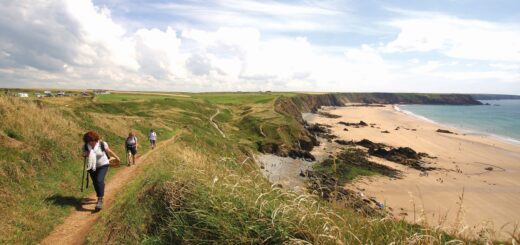
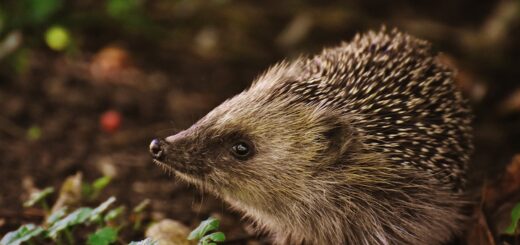












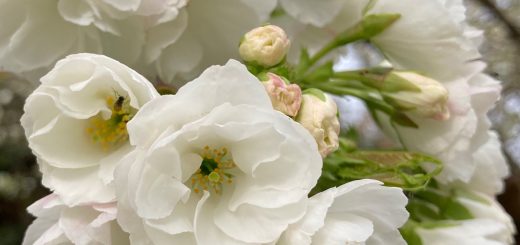
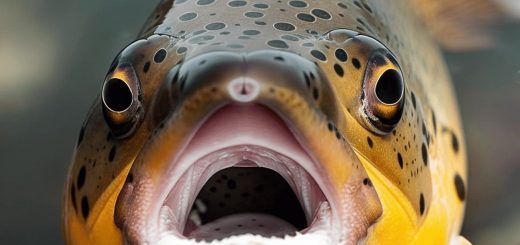

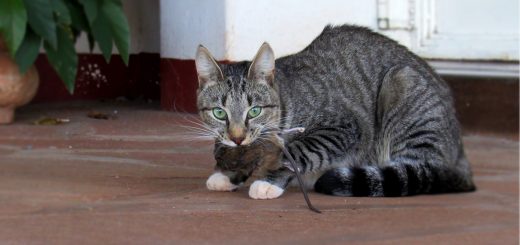
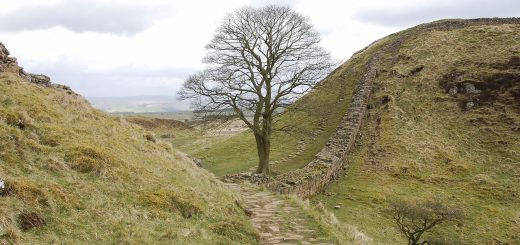
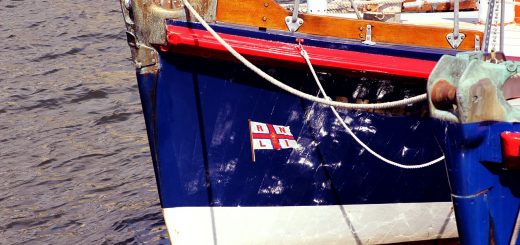

We have been wondering why they left the roost at Camrose…must be about three years ago now…we had seen them every year for about the first ten years we were here. But ‘ a whim’ does seem very random! And how do they decide to move?!! Collectively or on orders from leaders?
Thanks for your comments. There are no scientifically accepted reasons why flocks change their roost sites but disturbance or some deterioration in the suitability of the site are the most likely reasons. The business interests at the Camrose forest site have been suggested as sources of disturbance, but equally the build up of waste on and under the trees could deter them after a while. Equally, there is no scientific evidence to suggest that there is any hierarchy amongst starling flocks with no individuals known to dictate activities for the majority. I will be exploring this to a small extent in my second article coming soon. David
Wonderful images and interesting thoughts, thanks David.